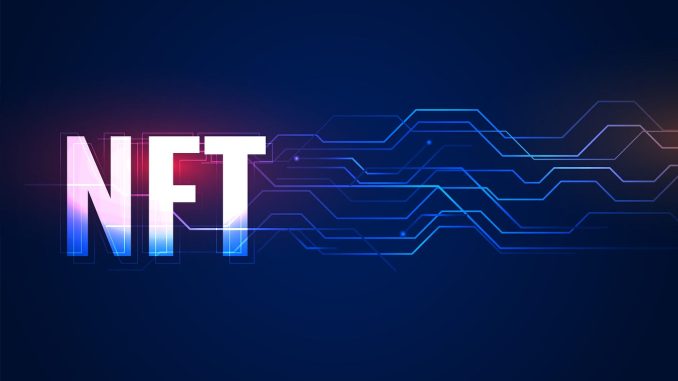
This digital revolution is more than just a passing fad. It represents a transformation of relationships between artists, collectors, and art markets themselves. As the NFT Ecosystem Setter Suppose NFTs are digital assets that represent ownership of unique contents or items, protected by blockchain technology. Whereas currencies such as Bitcoin or Ethereum are interchangeable and fungible with each other. Unlike NFTs, they are of only one kind. This uniqueness has brought many new opportunities for artists to profit from their creations. Each NFT can embed royalties links, thus ensuring that future sales will provide something back to creators of work.
As a Result You might think that what I’ve said so far is about added freedoms enjoyed by artists at the expense of collectors. But let us wait and watch. The point that needs to be made is this: acting under your own steam, artists who are good enough force their way into the market and manage directly many of the connections they need with collectors. In short when it comes to sales, artists can now take more of an initiative.
These are NFTs and that’s a revolution in the market as much as an impetus to some new thinking. Digital art, which has been seeking in the predominantly physical world of art a place of its own, has finally found a home in NFT art. Here in the space, artists are trying new forms: animations, interactive pieces and even virtual reality experiences. They are pushing the boundaries of what art is. NFTs also allow for novel partnerships. Musicians, visual artists and writers might unite to bring forth works that mix different media types.
In this environment people pull together and grow; it’s how we get a fresh wave of creativity. Community and Engagement In NFT space, communities sprout up around shared interests. Collectors are not merely customers; many of them become advocates for the artists they patronize. This sense of community adds a whole new dimension to the relationship between creators and collectors, allowing each side to interact much more vivdly. Online, on social media websites, this is all clearly demonstrated as artists share their creative process and catch up with fans in real time.
Moreover, there are also elements of “gamification” and “exclusiveness” in many NFT projects. Limited editions, hidden rewards and member privileges provide a sense of belonging to the registered collector. In this way, purchasing art becomes a collective experience rather than just another commercial transaction.
Challenges and Critiques Despite the great enthusiasm NFTs are causing waves with, they are not without their problems. The environmental impact of blockchain networks’ energy use is a major source of criticism against the technology for its sustainability. Moreover, ownership and copyright issues continue to loom large. The ease of digital copying can complicate who has claim to something.
So, for artists and collectors it’s a struggle to see NFTs as art. The NFT market is often in motion, appearing to offer few reliable indicators of future value or the long-term prospects so vital in any attempt at evaluating artistic product.
Wild price fluctuations have led some to liken today’s craze for NFTs as that of a bubbles and speculative excesses.
Artists and collectors alike therefore have to negotiate some proud and noble underground before they can experience anything like this new medium at all.
What can NFTs do for the art of tomorrow So how do NFTs fit into the future art world as technology itself progresses? As the saying goes virtually, that’s why. To increase sustainability some innovative solutions like Layer 2 are being developed. At the same time, institutions and galleries are gradually starting to take up NFTs, either giving added value if they are worked into traditional art exhibitions or stretching their digital world a little further.
In short, NFTs are upending the art world by opening new opportunities for artists and easier routes into the hands of collectors. More than mere copies are sometimes created from innovative expression. Though still grappling with their limitations, the potential NFTs embody for changing art and stirring creativity is clear. It is also likely that as the electronic frontier continues to expand we are entering a new era in the world of art–one more democratic, diverse and friendly than anything before.